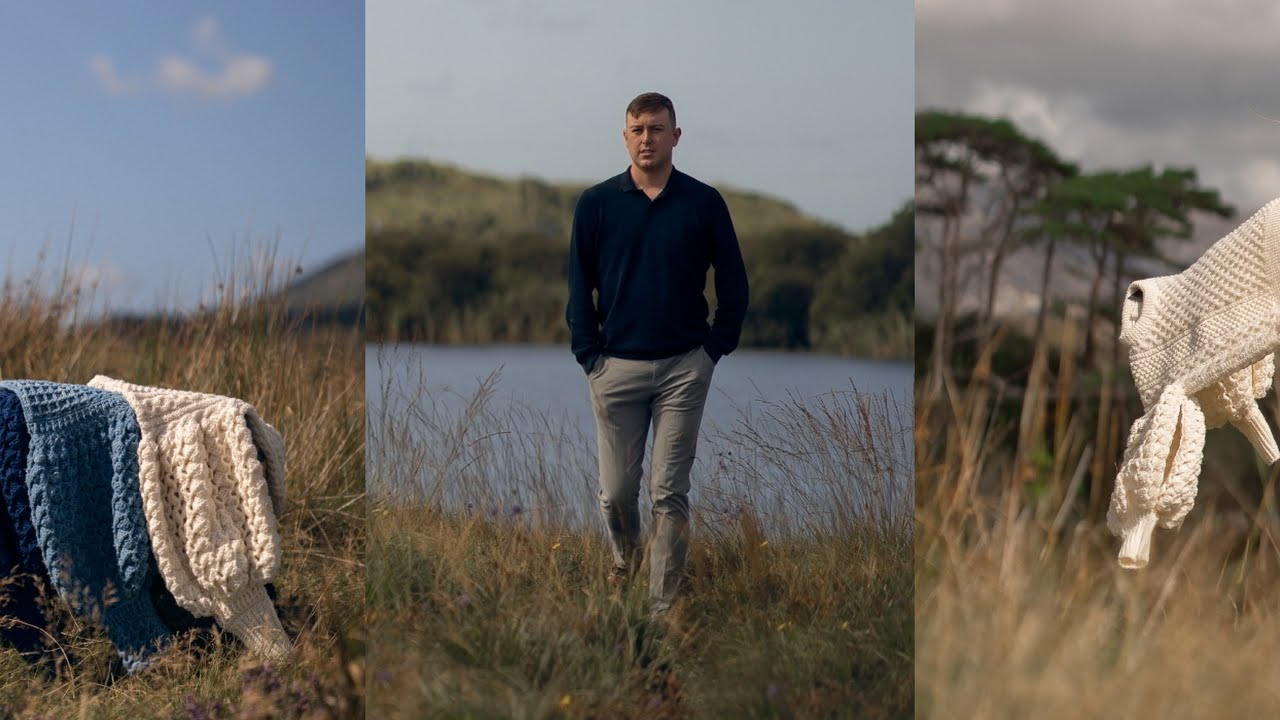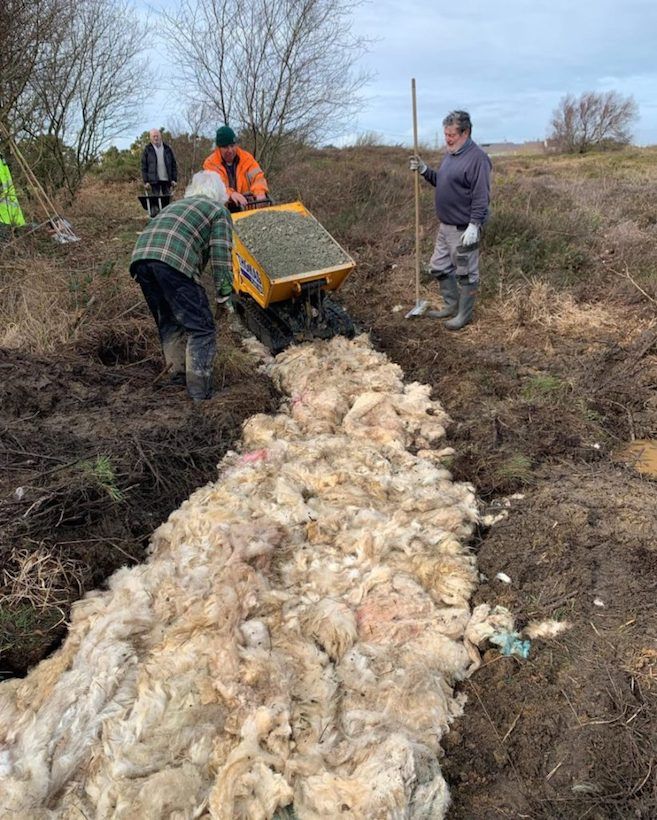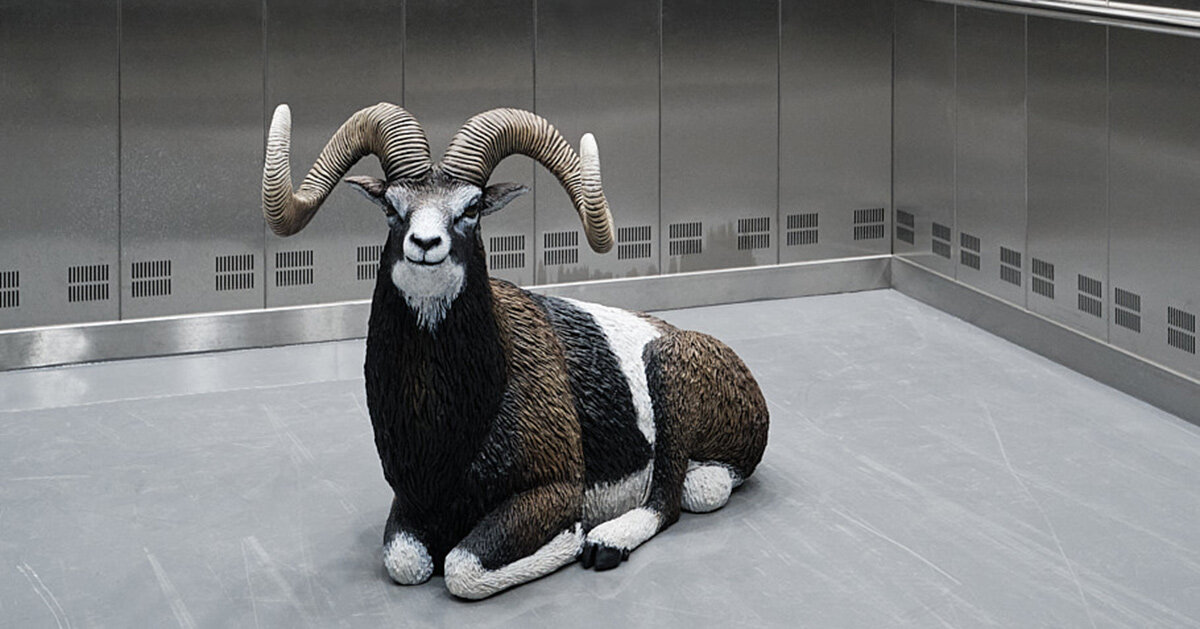The Wool Wire | June 14, 2023
Defleecing the fleeced, honoring Donegal couture, cheering college wool judging teams, walking on wool, and exploring our 11,000 years with sheep.

News snippets from the wool world
I hope this finds you happy, healthy, and living as close to a clothes moth-free existence as it is possible for any wool lover to live.
We begin with a check-in on Australia's efforts to find scientific ways to reduce the need for skilled shearers. It's rather poignant when set against the fact that the prestigious Golden Shears World Sheep Shearing and Wool Handling Championships takes place in Scotland next week. If you've never heard of Golden Shears before, here's a video to give you a sense of just how important that event is. It's basically the Olympics, but with sheep.
We also meet a very cool young fashion designer in Donegal, gain insight into the high-stakes world of college wool-judging contests (yes, they exist!), enjoy two quick stories about how wool is being used to restore peatland and walking paths, and learn about a new exhibit that just opened in Oslo.
But first, let's talk about what's happening in Australia.
Corn on the Baaaaaaah-b?
Australian wool growers are still hard at work trying to fast-track a solution to the shortage of shearers—without whom sheep would suffer and we'd have no wool. While results of this particular round of research are at least 18 months away, and commercial application even longer, some $1.7 million (AU) has been invested in exploring ways to mechanize the sheep shearing (also called wool harvesting) process.
Scientists have experimented with "biological defleecing" for many years, but they appear to have finally made progress with a particular variety of corn protein. When injected into the sheep, it causes the wool follicle to produce a "break," or thin spot, in the fleece.
In the short term, a human would still have to swoop in a week later and remove the wool by combing or pulling or even vacuuming—but they're assuming this would take less time and skill for a person to do, and therefore cost less. Ultimately, they have a bigger vision:
"We developed with AWI, some time ago, a hand-held machine which peels the wool off like an orange peel and it doesn't need any skill to operate," Professor Hynd said. In the long term, Professor Hynd wants to see a fully automated system that peels the wool off, with sheep moving through on conveyor belts, and a vacuum picking up the wool and classing it automatically.
I'm not sure I ever want to see this.
Redefining Irish couture
I loved this profile of Colin Burke, a young Irish designer who is taking fashion, Donegal wool, and the Aran sweater into entirely new realms.

Each piece, from balloon-sleeve jumpers to wrap cardigans, is completely bespoke. The bodies are knitted by a team of women across Ireland, while Burke hand-crochets the sleeves himself. “I’m not doing a whole collection of things,” he says. “I’m focusing on one area and I’m doing it well.”
Colin's fondness and admiration for his late grandmother, Maureen, a fashion buyer and matriarch, is bittersweet. She was responsible for teaching Burke the essentials of knitting and crocheting, and training his eye to understand the importance of sartorial proclivities.

Go Team Wool!
Some U.S. colleges are proud of their football teams, or hockey teams, or tennis or volleyball teams, to name barely a few. But did you know that some colleges also have wool judging teams? They compete nationally, and they're actually quite a big deal.
Team members are required to evaluate wool based on fineness, coarseness and various other characteristics. The national contest consisted of a 15-fleece grading rail where contestants evaluated fleeces for yield, fiber diameter, staple length, character and purity.

While the Texas A&M swept the competition, Joe Mills from the University of Wyoming was named an All-American—the only student from a non-Texas institution to receive that honor.
First wool logs laid on Dales peatland in boost for fleece trade
Back in February, I told you about plans for a new experiment in which wool "logs" were being used to save ancient peatland in the Yorkshire Dales. The first logs have since been laid, and they hope to have initial results of their effectiveness by as soon as September.
If the logs prove successful in holding back water and allowing the bare peat to revegetate, the production of wool logs could be massively scaled up.
The wool in these logs have travelled only 150 miles from the farm to the processors in West Yorkshire and back to this peatland. That makes wool a lot more sustainable than the coir which has come across the world – and we think it is capable of doing as good a job, if not better.

Walking on Wool in Wales
Meanwhile, almost 700 fleeces are being used to construct footpaths in Wales. Not only does it eliminate the need for any plastic membrane, but it also guarantees fairer prices to local sheep farmers.

Menter Môn (a rural development nonprofit) has launched an initiative which sees the use of sustainable and natural alternatives to plastics in the construction of footpaths. In collaboration with the Isle of Anglesey County Council, under the ‘Made with Wool’ project, locally sourced Welsh wool is used as a base to cross wet areas and repair footpaths.
Our aim is to develop sustainable uses for wool which will guarantee a fairer price for farmers – this particular project does this as well improving our lived environment and minimises our impact on our surroundings.
What does 11,000 years of coexistence look like?
If you're planning a trip to Oslo this summer, you'll want to set aside time for a new exhibit that has just opened at The National Museum. While anti-wool activists continue to frame sheep as hapless victims of human exploitation, this exhibit takes a much more nuanced look at the deeply interconnected history of humans and sheep.
Around 11,000 years ago, hunter-gatherers began to follow and cull flocks of sheep instead of killing them wholesale. With time, a new relation between human and animal was established and domestic sheep as we know them today evolved over the course of hundreds of years. This process, however, was never unidirectional – that is, humans acting upon animals. Rather, a complex co-evolution and co-creation has taken place.

Road trip to Oslo, anyone?
Thank you as always for your readership and your support.
Until next time,
Clara







